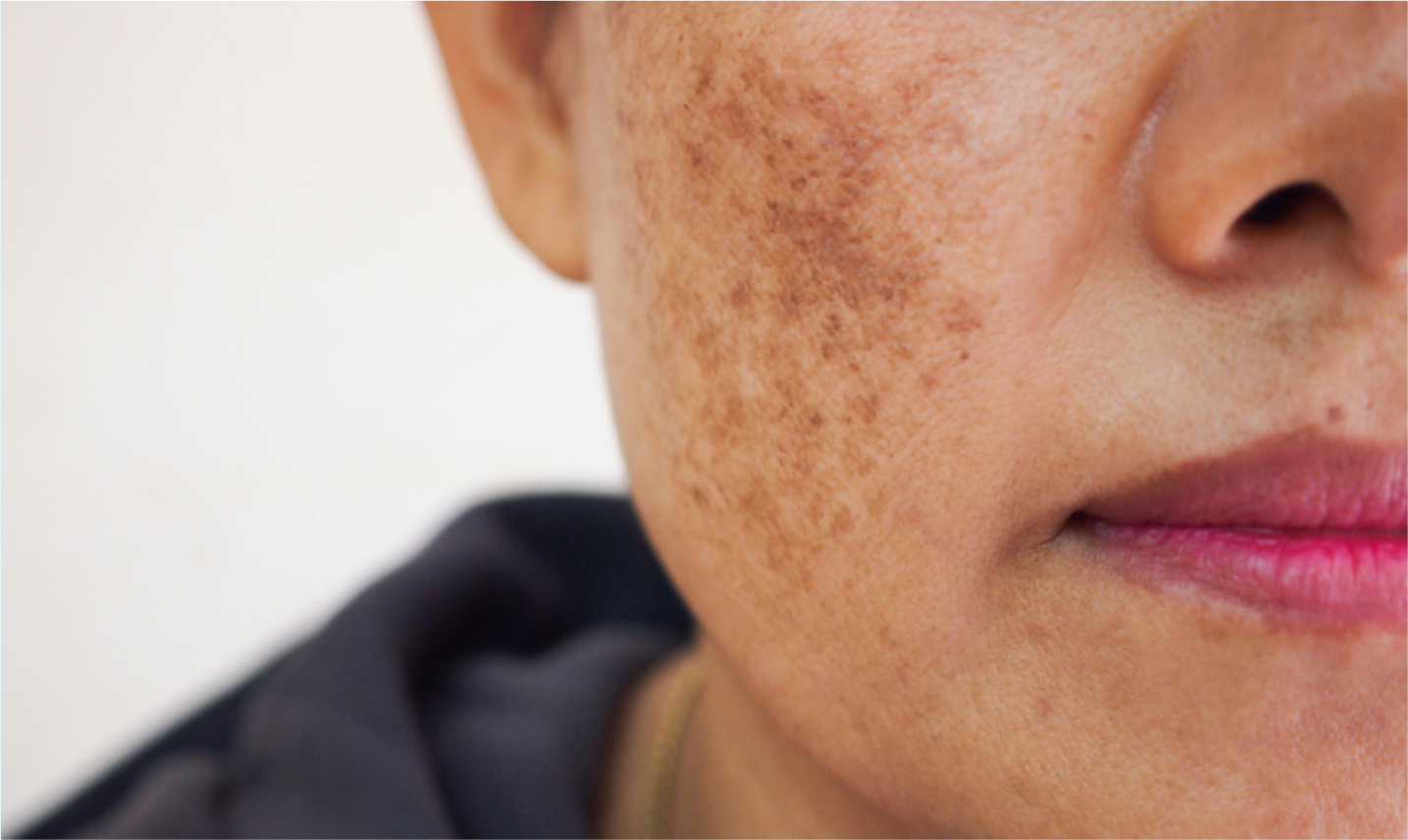
 One study found that oral tranexamic acid is a boost to the armamentarium of melasma management
One study found that oral tranexamic acid is a boost to the armamentarium of melasma management
Antibiotic resistance in acne: changes, consequences and concerns
Initially noted in the 1970s, a huge dermatological concern is antibiotic resistance in acne. The rates of resistance, including the various types of antimicrobials, have shown a variety of differences between various regions and countries.
The resistance to topical erythromycin and clindamycin has also been noted as a global problem, while the resistance to systemic treatment using tetracyclines has remained low over the last decade.
The authors have noted that resistance to the newer macrolides such as azithromycin and clarithromycin is increasing.
Antibiotic resistance may present as failure to treat acne, skin microbiota disturbance, local and systemic induction of opportunistic pathogens and dissemination of resistant strains to both healthcare professionals and the general population. The consequent effects, such as aggravated infections caused by Propionibacterium acnes and emerging multiresistant superbugs, have not yet been noted.
New frontiers in skin rejuvenation, including stem cells and autologous therapies
In medical aesthetics, providing minimally invasive treatments that are safe and also provide long-term results can be a challenge.
There are developments in providing procedures and keeping up with increased demands, such as autologous therapies in particular adipose-derived stem cells, stromal vascular fraction, microfat, nanofat and platelet therapies, which are also being shown to deliver satisfactory results.
Furthermore, there are also innovations in more common cosmetic treatments such as botulinum toxin, fillers and thread lifts, which are even more advanced. To provide patients with a more effective rejuvenation result, autologous therapies can be combined with noninvasive non-surgical procedures.
Comparison of transepidermal water loss and skin hydration in diabetics and non-diabetics
A common condition seen among patients with diabetes mellitus is pruritus. If left untreated, this condition can lead to complex dermatological conditions. Pruritus can be caused by increased transepidermal water loss and reduced skin hydration.
The aim of this study was to compare the transepidermal water loss and skin hydration in both diabetic and non-diabetic patients. The study also examines the link between transepidermal water loss and skin hydration.
To carry out this study, a case-controlled study was used at a tertiary medical centre in Kuala Lumpur, Malaysia. In both groups, the transepidermal water loss and skin hydration measurements were taken at six different sites.
The study included 146 patients (73 cases and 73 controls), 24 of whom were male and 49 were female in each group. The results showed that there were no significant difference in transepidermal water loss and skin hydration between diabetes and non-diabetics.
In the diabetes group, there was a reduction in skin hydration associated with uncontrolled fasting blood sugar and peripheral neuropathy.
Efficacy and safety of oral tranexamic acid as an adjuvant in Indian patients with melasma: a prospective, interventional, single-centre, triple-blind, randomized, placebo-control, parallel group study
Melasma is a chronic pigmentary disorder. Tranexamic acid, a plasmin inhibitor, has shown hypopigmenting properties and is currently used to treat melasma.
The aim of this study was to compare the safety and effectiveness of the combination of oral tranexamic acid (TXA) and topical fluocinolone-based combination cream (FbTC) with topical FbTC alone in treating melasma.
The study consisted of 180 patients with facial melasma. These patients were attending a dermatology clinic, and 130 of the participants were randomised into two blinded groups, with 65 patients in each.
Group A patients received 250 mg oral tranexamic acid and 150 mg oral ranitidine twice daily and applied a triple combination cream containing fluocinolone acetonide 0.01%, tretinoin 0.05% and hydroquinone 2% once daily, and patients in Group B were asked to take placebo tablets (calcium lactate and multivitamin) and apply the cream only for 12 weeks.
The results of this study were monitored over various weeks during the study.
The results concluded that oral tranexamic acid is definitely a boost to the armamentarium of melasma management and should be used as an adjuvant to fluocinolone-based triple combination cream for a faster, continuous improvement and to stop recurrence.
Retrospective review of delayed adverse events secondary to treatment with a smooth, cohesive 20-mg/mL hyaluronic acid filler in 4500 patients
Recent studies suggest that there is an increased risk of delayed adverse events with a smooth, cohesive 20 mg/mL hyaluronic acid filler, Juvéderm Voluma (HA-V).
This study's aim was to examine the occurrence of HA-V delayed adverse events and find any patterns or characteristics.
The authors analysed the notes of patients who had been injected with HA-V between 1 February 2009 and 28 February 2018 from two aesthetic clinics. In the 4500 patients who received 9324 treatments with HA-V, the results showed that 44 delayed adverse events were identified. This was a combined incidence of 0.98% per patient, 0.47% per treatment and 0.23% per syringe.
It was also noted that patients with delayed adverse events received a slightly larger cumulative amount of HA-V than those who did not.
The most common reactions were delayed swelling and nodule formation, and these occurred at a median of 4 months after treatment, with an increased frequency between October and January.
Furthermore, about a third of these were preceded by an identifiable immunologic stimulus. Delayed adverse events were short-lived and resolved.
The authors concluded that, as the study was retrospective, this made it difficult to capture time to resolution or remember any possible triggers.



